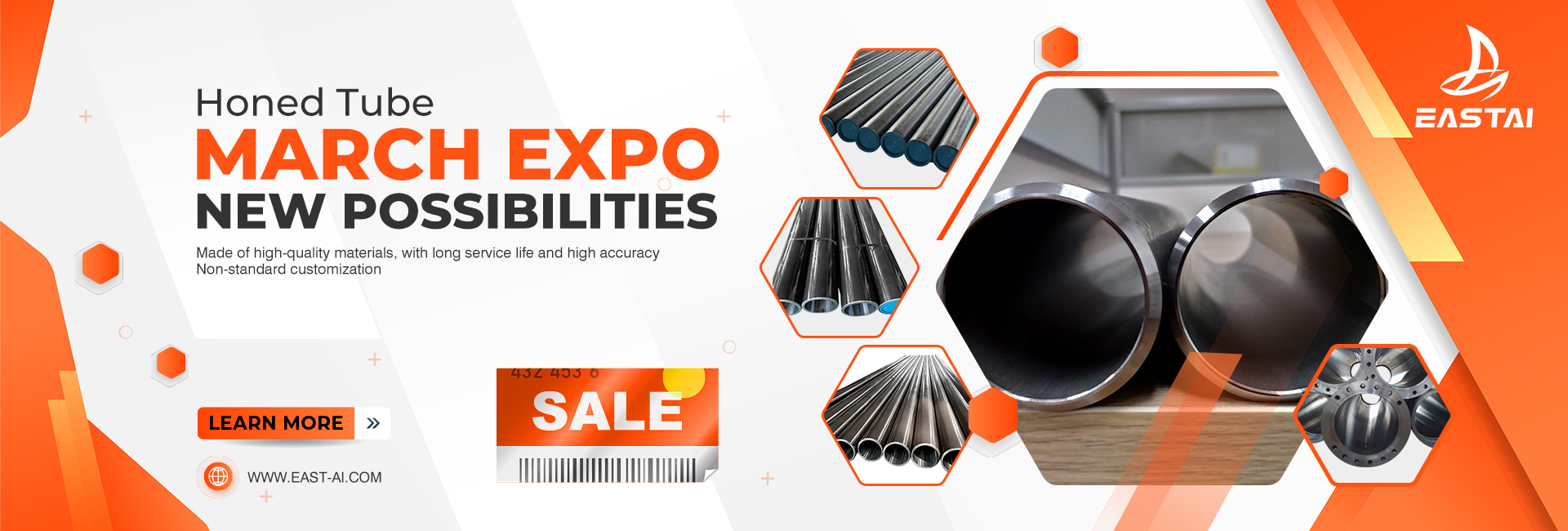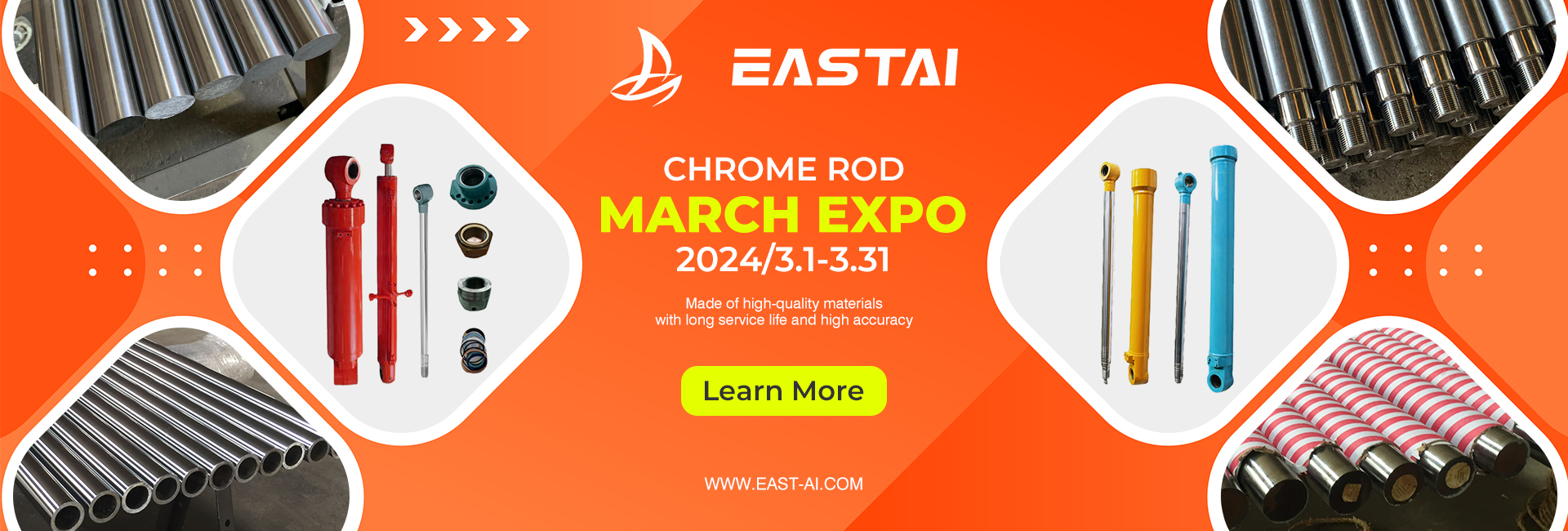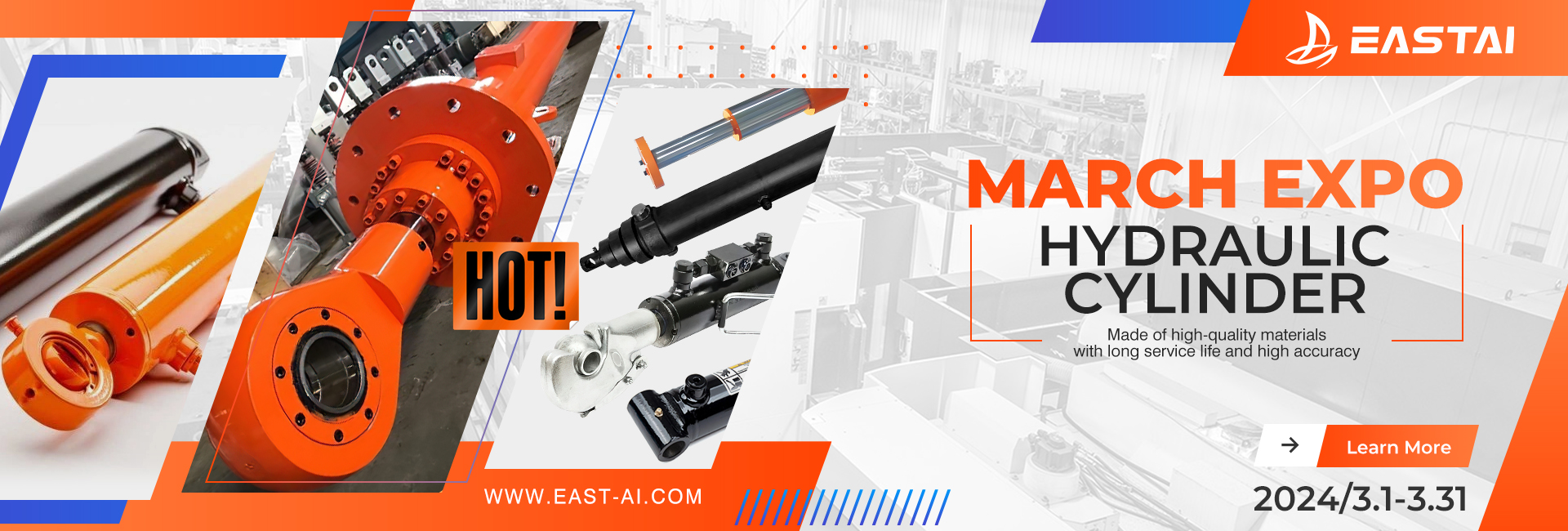Hydraulic systems play a pivotal role in various industries, enabling the smooth and controlled movement of heavy loads. Among the array of hydraulic components, the 2 Stage Telescopic Hydraulic Cylinder stands out for its unique design and applications. In this article, we delve into the world of these remarkable cylinders, uncovering their working principles, advantages, applications, and more.
Understanding Telescopic Hydraulic Cylinders
A hydraulic cylinder is essentially a mechanical actuator that converts hydraulic energy into mechanical force. Telescopic hydraulic cylinders are a specialized variant designed to provide an extended stroke length while fitting into limited spaces. Comprising a series of nested cylinders, these systems operate like an accordion, gradually extending and retracting to accommodate varying stroke requirements.
The core components of a telescopic hydraulic cylinder include the barrel, piston, piston rod, and a set of telescoping stages. Working in unison, these parts allow the cylinder to deliver powerful linear force, making them ideal for applications demanding both reach and power.
Advantages of Telescopic Hydraulic Cylinders
One of the standout features of telescopic hydraulic cylinders is their compact design. In scenarios where space is at a premium, these cylinders provide a space-saving solution without compromising on performance. Whether it’s fitting within the frame of heavy machinery or beneath the platform of a utility vehicle, these cylinders prove their worth.
The ability to achieve an extended stroke within a confined installation space is another significant advantage. Traditional cylinders would require excessive space to achieve the same stroke, making telescopic cylinders indispensable in scenarios where maximizing reach matters.
Moreover, the gradual extension and retraction of stages in these cylinders contribute to smoother and more controlled movements, crucial for precision tasks.
Types of Telescopic Hydraulic Cylinders
Telescopic hydraulic cylinders come in several types, each tailored to specific requirements. Single-acting telescopic cylinders use hydraulic power to extend and gravity to retract, suitable for applications where gravity can assist in the retraction process. Double-acting telescopic cylinders utilize hydraulic power for both extension and retraction, offering greater control. Differential telescopic cylinders operate on the principle of fluid pressure differentials, enhancing the balance between stages.
Design and Construction
The design and construction of telescopic hydraulic cylinders involve meticulous engineering. High-quality materials such as steel alloys ensure durability and withstand the considerable forces involved. These cylinders are equipped with seal systems that prevent fluid leaks and protect internal components from contaminants, extending their lifespan.
Applications in Various Industries
The versatility of telescopic hydraulic cylinders finds application in various industries. In the construction sector, they power the arms of excavators and cranes, enabling heavy lifting and precise placement of materials. Material handling equipment like forklifts rely on telescopic cylinders for adjustable lifting heights. Agricultural machinery benefits from their ability to extend and retract, enhancing productivity. Even waste management and recycling equipment incorporate telescopic cylinders for efficient compacting and container movement.
Stay tuned for the next part of the article, where we will dive into the challenges faced by telescopic hydraulic cylinders and the innovative solutions that address them.
Challenges and Solutions
While telescopic hydraulic cylinders offer numerous benefits, they do face certain challenges, primarily due to the high pressures and forces they endure. Wear and tear are inevitable over time, which can affect the overall performance and efficiency of the system. Regular maintenance is crucial to address these issues and ensure a longer lifespan.
In response to these challenges, innovative solutions have emerged. Improved seal technologies and materials have increased the durability of telescopic cylinders. Additionally, advanced lubrication systems help minimize friction and reduce wear, enhancing overall efficiency.
Comparing Telescopic Cylinders with Other Designs
To understand the full scope of telescopic hydraulic cylinders’ advantages, it’s essential to compare them with other cylinder designs. Traditional hydraulic cylinders offer simplicity and reliability but may require more space for the same stroke. Pneumatic cylinders provide quick and cost-effective linear motion, but they may not deliver the same level of force as hydraulic systems. Telescopic cylinders bridge the gap, offering extended stroke capabilities without sacrificing power.
Factors Affecting Performance
The performance of telescopic hydraulic cylinders is influenced by various factors. Hydraulic fluid selection plays a vital role in maintaining proper function and minimizing wear. Load capacity and weight distribution affect the cylinder’s stability and efficiency, while environmental conditions and temperature can impact fluid viscosity and overall performance.
Safety Considerations
Safety is paramount when dealing with hydraulic systems, especially those involving heavy loads. Telescopic hydraulic cylinders incorporate safety mechanisms to prevent overextension, which could lead to equipment failure or accidents. Overload protection systems, emergency stop features, and limit switches contribute to a safer operational environment.
Maintenance and Care
Proper maintenance is key to maximizing the lifespan of telescopic hydraulic cylinders. Regular inspections should be conducted to identify any signs of wear or leakage. Adequate lubrication of moving parts and seals ensures smooth operation and minimizes friction-related issues. Addressing minor problems proactively can prevent major breakdowns and downtime.
Innovations and Future Trends
As technology advances, so do hydraulic systems. Telescopic hydraulic cylinders are no exception. Integration of sensors and IoT technology allows for real-time monitoring of cylinder performance and condition. This data-driven approach enables predictive maintenance, reducing downtime and optimizing efficiency. Smart hydraulic systems can also adjust parameters based on load and usage, further enhancing performance.
Eco-friendly designs are also emerging, as industries strive to reduce their environmental footprint. Hydraulic systems with improved energy efficiency and recyclability are becoming more prevalent, aligning with global sustainability goals.
Case Study: Telescopic Cylinder in Action
A prime example of telescopic hydraulic cylinder application can be seen in the construction of tall buildings. Tower cranes employ telescopic cylinders to extend and retract the crane’s jib, allowing for precise positioning of heavy building materials. This controlled movement is crucial in ensuring safe and efficient construction.
Choosing the Right Telescopic Cylinder
Selecting the appropriate telescopic cylinder requires careful consideration of various factors. The load requirements, available installation space, desired stroke length, and operational conditions all play a role in determining the best fit. Fortunately, manufacturers offer customization options to tailor cylinders for specific applications, ensuring optimal performance and efficiency.
Conclusion
In conclusion, 2 Stage Telescopic Hydraulic Cylinders are a remarkable innovation that has revolutionized various industries. Their ability to deliver extended stroke lengths in confined spaces, coupled with advancements in materials and technology, has expanded their applications and increased their efficiency. As industries continue to evolve, telescopic hydraulic cylinders will remain a crucial component in powering heavy machinery and enabling precise movements.
Post time: Aug-18-2023




